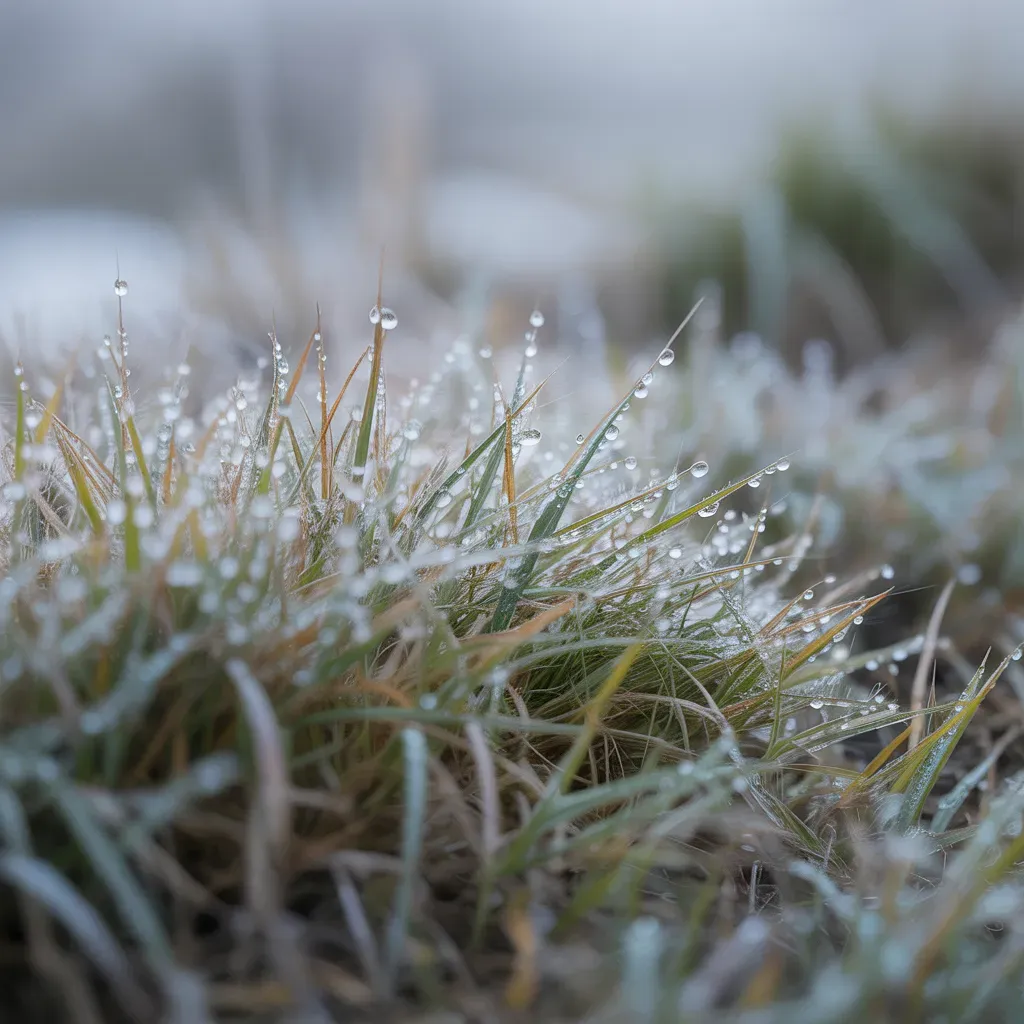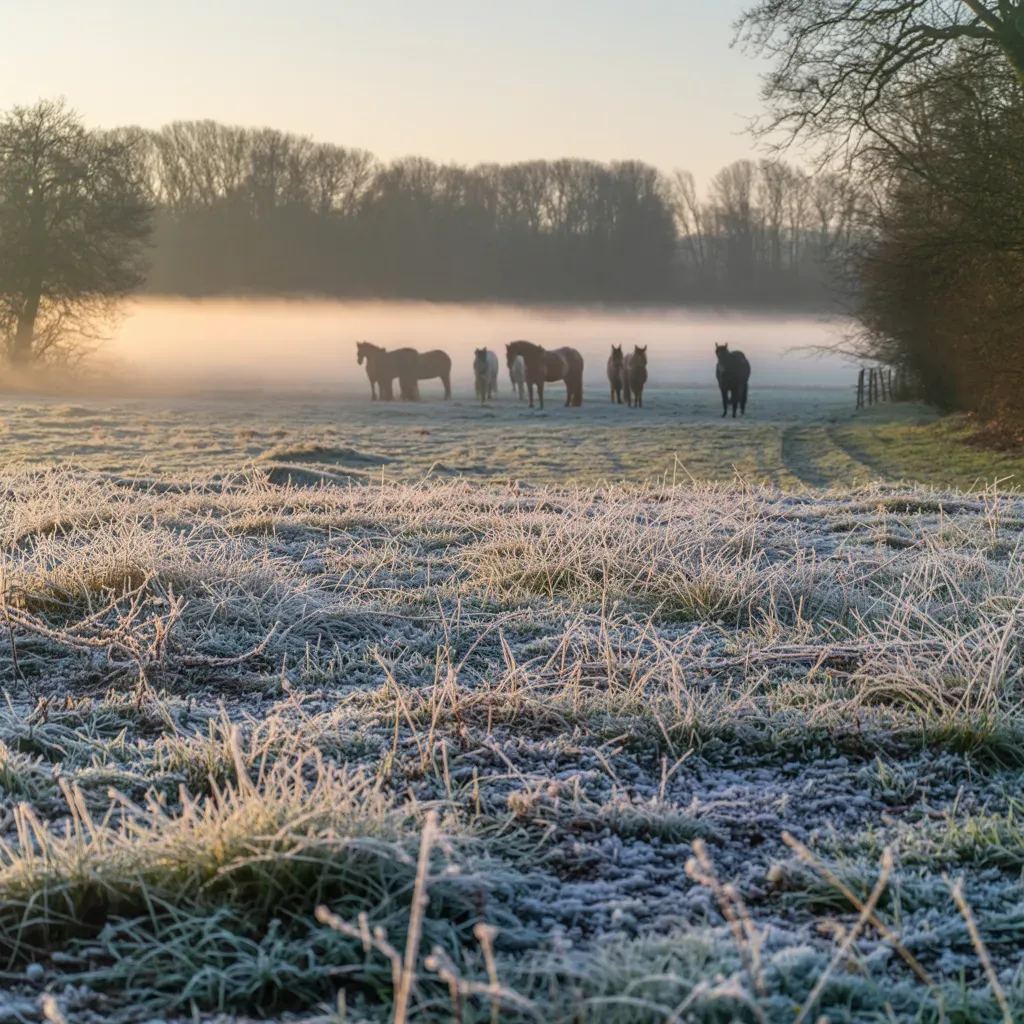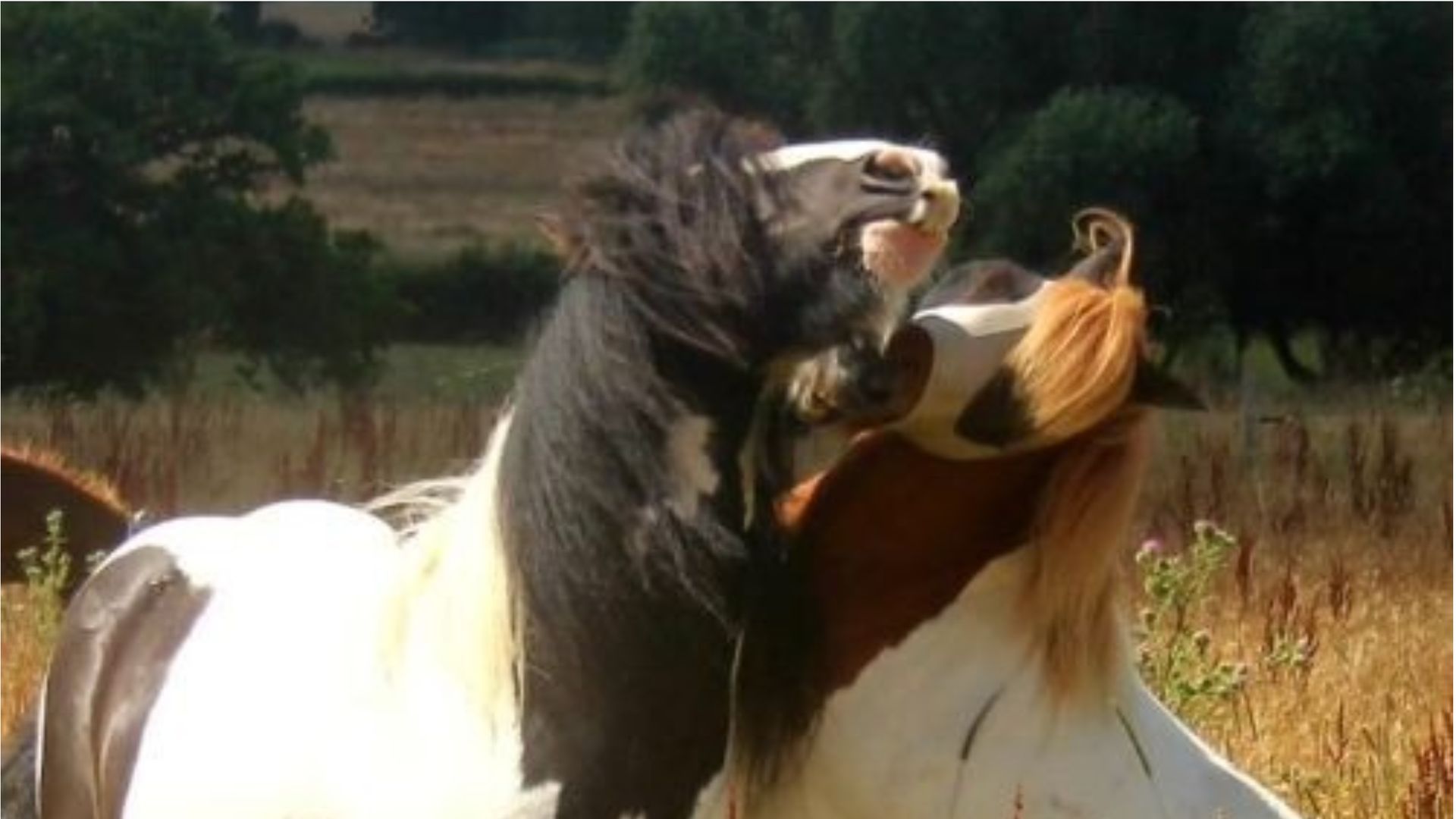Boswellia or Frankincense?
Frankincense is not just for those wise men anymore ...
Gold, Frankincense and Myrrh, gifts from three certain wise men back in the day … well, we all know the story.
There are many other stories; for example, the Greeks, Romans, Egyptians, Israelites and numerous others used frankincense and myrrh as part of their religious ceremonies. They were also extensively used in burial rituals as an embalming material, an offering to the departed (and a means to cover a certain decaying body odour). Then there’s Nero, the Roman emperor, who burned an entire year’s harvest of frankincense resin at the funeral of his favourite mistress.
To this day, frankincense is still celebrated, not only for its awesome fragrance but also for its superior medicinal properties. Personally, I’m a huge user of frankincense essential oil, and together with myrrh the two oils feature often in our topical aloe gels.
These days there’s another name on the block – Boswellia, and until recently, the term ‘boswellia’ wasn’t used so much. It’s easy to be confused between the two different names, but they’re one and the same. The tree that frankincense comes from is the Boswellia tree, which creates a precious resin long used in perfumes and natural medicines. The resin itself is soft, sticky and rich in oil, and when it's ground down to a fine powder it's what we know as Boswellia extract, a food supplement to be taken internally. The oil produced from the resin is known as Frankincense oil, which is usually used topically but the oil is so kind that it can be taken orally as well (dose dependent of course).
What science is showing is that the mechanics of frankincense/boswellia's actions significantly reduce inflammation by reducing the production of cytokines, those annoying inflammatory-producing enzymes that we’re all too familiar with. It’s so effective that it reduces inflammation right down at cellular level while calming the body’s systems, soothing the tissues, and basically making the organs, muscles and nerves less hot, less angry, and less painful.
It’s thought that the Boswellia serrata tree produces the most potent source of boswellia/frankincence, and these days science is all over it as it’s also proving very useful in helping with cancerous tumours. Research has shown that it can stop the progression of breast cancer cells, pancreatic cancer cells and bladder cancer cells; studies are also now showing that it could be beneficial in the treatment of leukaemia. Another of the most promising uses in cancer is that it’s showing it can trigger cancer cell death, a process called apoptosis, and prevent or slow the growth of new ones.
It’s also been researched for liver and brain cell protection, and as a potential anti-inflammatory treatment for ulcerative colitis.
We probably know it best for it's anti-inflammatory benefits though. It has one of the most effective inhibitors of a particularly nasty inflammatory enzyme, namely 5-LOX (5-lipoxygenase), which can lead to tumour formation and inflammatory digestive, respiratory, and cardiovascular conditions. It also has a chemical called AKBA (acetyl-11-keto-B-boswellic acid), a primary beneficial anti-inflammatory compound. AKBA’s strength has been shown in lab studies where it’s inhibited the replication of leukaemia and prostate cancer cells, oral pathogens and bacteria, pain from osteoarthritis, and the release of NF-kB – a marker for many diseases, including clogged arteries. It’s thanks to AKBA that’s now making boswellia a major focus of research.
For topical use, frankincense oil gives us an effective natural substance with proven analgesic effects, and one of the best benefits is that unlike most other pain relievers, it can be used on a regular basis, multiple times a day if needed, without risking addiction or a decrease in effectiveness. It’s specifically useful during overuse of joints, muscles and tendons – if you’ve ever experienced tendonitis, you’ll know only too well how spectacular that pain can be. Enter frankincense, helping to relieve the pain and support inflamed, overworked tissues.
I can speak from personal experience as I’m a big user of frankincense ess.oil for a little touch of arthritis in my hands, and boy does it work. Wherever you've got hot, sore, stiff, angry, simply apply a few drops of frankincense ess.oil and rub in; relief comes within seconds, hence why it's the main essential oil in our JSTGel for joints and soft-tissue stiffness or injury, while we use the ground boswellia resin in our JointReflexa feed supplement, alongside glucosamine, glutamine and MSM, to support musculoskeletal flexibility. We also sell certified organic boswellia in both ground resin and tincture form.
By also breathing in its fragrance, frankincense creates a proven, mildly sedative effect by noticeably slowing the breath, which makes it useful in managing the stressors that naturally come with chronic pain - when we’re calmer, we’re better able to manage pain. It's also said that burning the resin as incense can also lift the spirits and transform the energy of a room. Since ancient times, incense has been used in rituals and religious practices and still is a powerful tool for spiritual use today. You’ve probably seen religious images of a ‘thurible’, a metal container suspended from chains in which incense is burned and wafted into the air during worship.
For topical use, frankincense oil is top of my personal list for all-things-inflammatory – when liberally applied and rubbed in, whatever was there before is gone, and quickly with it. Whether you’re using boswellia extract as a food supplement or frankincense oil topically, you’ll get less swelling, less tissue damage, and definitely less pain. The ancients well knew what we moderns are only just learning, that the Boswellia tree is as powerful medicinally as it is fragrant.










